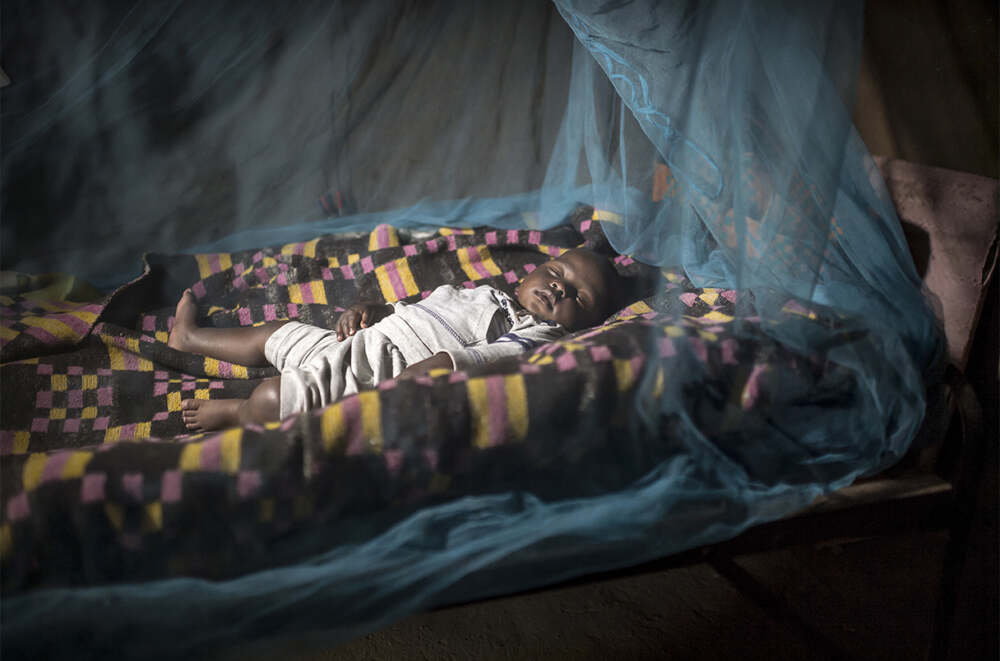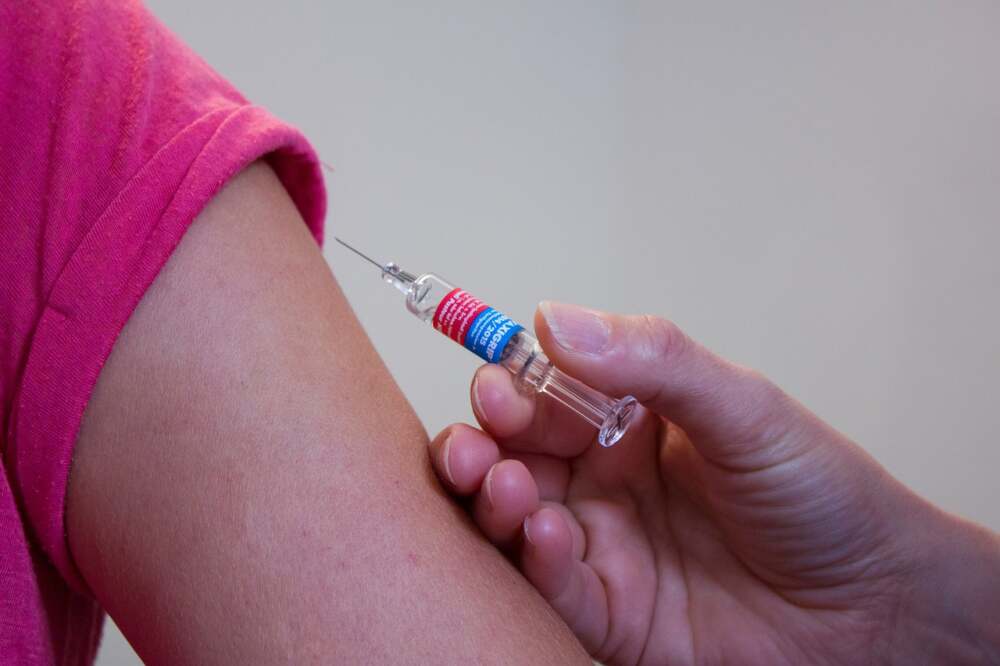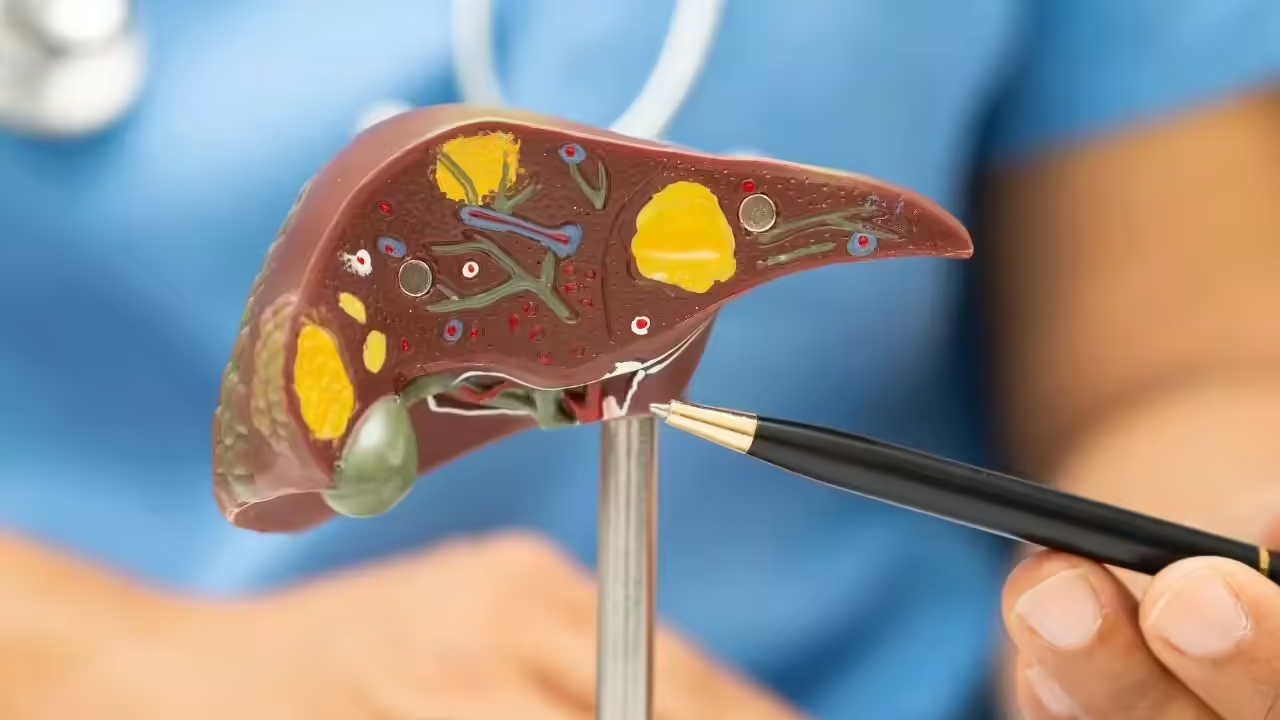In malaria-endemic regions across Africa, Asia, and parts of South America, one of the greatest tragedies of the disease lies in its youngest victims. Each year, hundreds of thousands of infants die from malaria, a mosquito-borne illness that is entirely preventable. Traditional mosquito bed nets have long been the cornerstone of malaria control, saving countless lives. Yet, new research and on-the-ground experience reveal a troubling gap: babies are often exposed to mosquito bites not when they are asleep under nets, but when they are being carried or held — moments of everyday life when traditional nets simply cannot help.
Now, scientists and humanitarian organizations are testing an inventive solution — a “bed net for baby carriers” — a lightweight, breathable shield designed to protect infants even while they are in their mother’s arms or slings. The innovation, simple in concept but profound in potential, could transform the way we defend infants against one of the deadliest diseases in human history.
The Persistent Threat of Malaria to Infants
Malaria remains a relentless killer. According to global health organizations, more than 200 million cases occur annually, and children under five account for over two-thirds of malaria-related deaths. Infants, especially those under one year old, are the most at risk due to their underdeveloped immune systems and thin skin, which makes them easier targets for mosquito bites.
While insecticide-treated bed nets (ITNs) have drastically reduced transmission, their protection is time-bound — effective mainly at night while people sleep. However, in many malaria-prone regions, mosquitoes are active during early evening hours or around dawn. Mothers often carry infants during those times — while cooking, walking to markets, or performing chores. Those seemingly harmless moments can expose babies to dozens of bites from infected mosquitoes.
Health workers in rural areas have observed that even families who diligently use bed nets at night still see infants contracting malaria. “The problem isn’t always in the sleeping hours,” one field nurse in Uganda explained. “It’s in the hours before bed, when mothers are still outside, or in the early morning when they’re preparing for the day.”
The Idea: Portable Protection Through Baby Carriers
The concept behind baby-carrier bed nets is both elegant and practical. The design typically involves a fine, insect-proof mesh that attaches to or drapes over a baby carrier, sling, or wrap. Some models form a small dome over the baby’s head and torso, while others envelop both the caregiver and the infant in a single breathable enclosure.
Researchers describe the idea as “bringing the protection of the bed net into every part of the day.” The nets can be insecticide-treated for added defense, using safe compounds like permethrin that have already been approved for contact with infants in conventional bed nets.
In pilot studies across several African countries, the early data are encouraging. Mothers who used the portable carrier nets reported significantly fewer mosquito bites on their babies compared with those using carriers without protection. More importantly, communities found the concept easy to understand and integrate into daily routines.
Challenges on the Ground
However, like many public health innovations, the baby-carrier net faces both technical and cultural hurdles.
1. Comfort and Breathability
Infants are prone to overheating, and in tropical climates, enclosing them in additional fabric can be risky. Designers are experimenting with ultra-fine, breathable materials that allow air circulation while blocking mosquitoes. Some models use adjustable flaps and mesh windows to manage airflow.
2. Accessibility and Usability
Caregivers need to reach their babies quickly for breastfeeding or comfort. Nets that are too complicated or restrictive risk being abandoned. The best designs are those that can be flipped open with one hand or detached instantly.
3. Cost and Availability
While basic bed nets are mass-produced and distributed cheaply, the baby-carrier nets are still in experimental stages. Scaling production to meet demand across malaria-endemic countries will require investment and logistical coordination with health ministries and aid agencies.
4. Cultural Acceptance
In some communities, wrapping a baby in netting during the day can draw curiosity or skepticism. Outreach programs emphasize that the nets are not for fashion or status, but for protection. Community education is proving essential for encouraging widespread use.
A Complement to Existing Tools
Experts stress that baby-carrier nets are not replacements for traditional bed nets, but rather an extension of protection. “Malaria prevention works best when it’s layered,” said one researcher working in Malawi. “Bed nets for sleep, indoor spraying for households, preventive medication for pregnant women — and now, potentially, portable protection for babies.”
The idea fits into a broader movement toward context-specific malaria control — strategies that adapt to real-world behaviors and needs. For example, fishermen working at night now receive treated clothing and repellents, and farmers in high-risk areas are encouraged to wear insecticide-treated caps. Baby-carrier nets could become another piece in that adaptive puzzle.
The Human Side of the Story
For mothers in rural malaria zones, the emotional toll of the disease is immense. Losing a child to malaria often comes after days of fever, seizures, and long journeys to distant clinics. “If something this simple can stop that, why not try?” said a mother in northern Nigeria who volunteered in an early trial.
Health workers who distributed the prototype nets described emotional scenes. “When we gave the first batch to mothers, they hugged them like gifts,” one worker recalled. “They said it was the first time they felt their babies could be safe both at home and outside.”
Looking Forward: From Prototype to Policy
For the innovation to make a real impact, it must move beyond trials and into national malaria prevention programs. Public health experts recommend that ministries of health integrate the carrier nets into maternal and child health initiatives, distributing them through clinics and vaccination programs.
Additionally, local manufacturing could help reduce costs and ensure designs suit local baby carriers and cultural styles. Textile cooperatives in Kenya and Ghana have already expressed interest in producing them using lightweight, washable materials sourced domestically.
Researchers are also calling for more rigorous efficacy testing — measuring not just mosquito bites, but reductions in actual malaria cases among infants using the nets over time. Early data look promising, but large-scale trials are needed to confirm impact.
Beyond Malaria: A Broader Symbol of Innovation
At a deeper level, the baby-carrier bed net represents something larger: the evolution of global health innovation from reactive to proactive — from treating disease after infection to engineering everyday tools that prevent it altogether.
It underscores a simple truth: the most powerful solutions are often the most human ones. A mother’s carrier, redesigned to protect her child, becomes both a technological innovation and a symbol of care, blending science with empathy.
If widely adopted, these nets could protect millions of babies — a new shield in the ongoing struggle against one of humanity’s oldest enemies.
Conclusion
Malaria has always adapted to human behavior. Now, humans are adapting back. The introduction of baby-carrier bed nets may mark a subtle but significant step forward — one that recognizes that health protection cannot stop when a baby wakes up and leaves the bed.
As scientists refine the designs and governments consider large-scale rollouts, one thing is certain: the future of malaria prevention will depend not only on grand strategies but also on the small, ingenious ideas that safeguard the most vulnerable — one baby, one family, and one net at a time.
















Leave a Reply